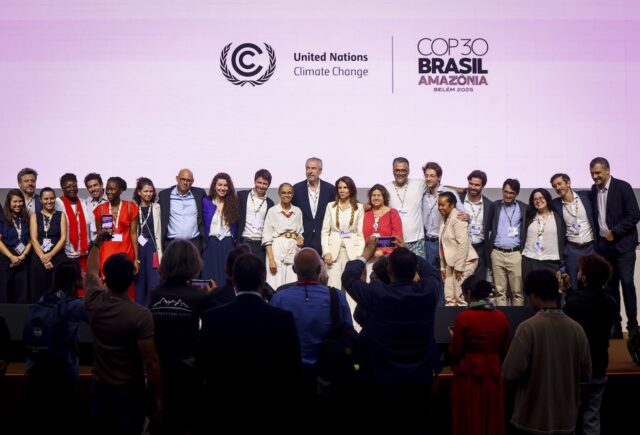The European market for investments made directly into social purpose organisations and enterprises supporting social and environmental challenges represented €80bn last year, according to new report

The European direct impact investment market is growing, but it would expand faster with more favourable national and EU-level regulation and greater involvement from potential investor groups, such as foundations, according to a new report.
The Accelerating Impact report, published by the European Venture Philanthropy Association (EVPA) and the Global Steering Group for Impact Investment (GSG) aims to quantify progress in the sector across the continent.
The report, launched today at the EVPA Impact Week in Brussels, estimates the European market for investments made directly into social purpose organisations and enterprises supporting social and environmental challenges stood at €80bn in 2021.
While that accounted for only 0.5% of the European mainstream investment market, it did represent a rise of 26% in impact investment assets under management compared 2020.
According to the report, at least €32bn of that total of direct impact investments had “some elements” of additionality – impact contributions that would not have been met from other sources if these investments had not happened.
“The impact investing market is small relative to the wider market, but if we want to target societal and environmental challenges that are still unmet, increasing its size is important,” Alessia Gianoncelli, head of knowledge and programs at EVPA, told Impact Investor.
EVPA has carried out similar market-sizing surveys before, but for this one it worked with a wide spread of partners, including GSG, national advisory boards and academic institutions, to produce more accurate and comparable results across Europe.
“We wanted to carry out the first harmonised study to give a more reliable picture of what is happening at both the national and European level,” she said.
The study surveyed 285 organisations, representing 512 impact investment vehicles – around 40 of which were launched in 2021 – from 18 European countries.
Listed companies were excluded from the report, due to the complexities of accurately gauging impact from that sector, but may be included in future surveys.
Strong retail investor interest
The bulk of impact investment capital came from individual investors (26%), financial institutions (28%) and institutional investors (23%). Around a third of organisations active in European impact investing are venture capital or private equity impact funds.
The strong showing for retail investors is being driven by regulatory reforms in countries such as France to democratise impact investment. The report’s authors say it would be beneficial to consider introducing similar reforms at the EU level. The EU itself provided 5% of the funding available to impact investors, up from 1% in 2020.
The report finds scope for more involvement in the impact investing sector from foundations’ endowment assets and high net worth individuals. Foundations account for only 1% of the total amount attracted by impact investors.
A combination of established investment strategies and regulatory curbs are holding back foundations from channelling more funds into impact investment vehicles, Gianoncelli said. Foundations traditionally see the purpose of their market investments as maximising returns to fund their grant-making and other charitable activities, but she said they should consider whether impact investing, even with lower returns, could fulfil their impact objectives more effectively than simply maximizing returns on investment to swell their coffers for grant-making.
“We are seeing more willingness from foundations to engage in impact investing, so I think we’re going in the right direction. However, the mind shift needed is taking a bit too long.” she said.
Managing impact
All organisations surveyed said they measured impact using frameworks, such as the ‘Theory of Change’. But the report found that 17% of organisations still do not go beyond impact measurement to carry out impact management as well. That leaves room for improvement in terms of embedding impact into daily decision-making processes.
“It’s how you use the data from the impact you are generating that is important, because that’s the way you can understand what works, what doesn’t, and how you can better reallocate money. We want to see a world where everyone manages the data they collect,” Gianoncelli said.






